The Best of Kyoto: Fushimi Inari Shrine
The most impressive and most unforgettable site in all of Kyoto is the Fushimi Inari Shrine. You’ve probably seen pictures of it before. It’s the one with the never-ending tunnels of red torii gates. It’s an incredibly atmospheric and beautiful place that must not be missed.
BONUS: I've created a FREE detailed PDF version of this 3-week Japan itinerary. The guide also includes step-by-step instructions for buying and using your Japan Rail Pass.
Disclosure: This post may contain affiliate links. As an Amazon Associate and a Bookshop.org Associate, I earn from qualifying purchases. Please see this website's Disclosure for more info.
Fushimi Inari Shrine
Cost: free;
Open: dawn to dusk
Type of landmark: Shinto Shrine
Founded: 711
Location: in the southeastern outskirts of the city; take the Kaihen subway line or the JR Nara train from Kyoto Station
What is the Fushimi Inari Shrine?
Fushimi Inari is one of the most important and oldest Shinto shrines in Japan.
The shrine includes the main shrine complex as well as a forest and the sacred Mount Inari.
Leading up to the mountain top is a hiking trail covered by arcades of the famous torii gates.
There are also smaller shrines and sites of former shrines spread out on the way to the top of the mountain.
Fushimi Inari was first built (711) even before Kyoto was established as the royal capital of Japan (794). The shrine was built by the Hata clan, a very important and powerful family who were the original owners of the land where Kyoto was built on. Interestingly enough, the Hata family was originally from Korea.
Fushimi Inari is a Shinto shrine dedicated to Inari, the god (kami) of rice and prosperity. Traditionally, Inari was the patron of farmers, but as Japan became more commercialized, it became the patron of merchants and industry.
You’ll see many fox statues around the shrine and going up the mountain. That’s because the fox is Inari’s messenger and guardian. There is usually a key in the fox’s mouth representing the key to a granary and a red bib around his or her neck for good luck. The statue above doesn’t have a key in its mouth, however.
Inari is one of the most popular Shinto deities. One-third of all Shinto shrines are dedicated to Him or Her (No one is sure on the gender of Inari). However, the most important and oldest Inari shrine is the Fushimi-Inari Shrine in Kyoto.
Like all Japanese religious structures, the shrine was burnt down. The last time was in the 15th century and rebuilt in 1499.
When to go?
Make sure to go really early in the morning like 7:00 am when there aren’t many people. You’ll then be able to take photos without a bunch of strangers in them. Most importantly, visit the tunnels of torii gates first before visiting the halls. Below I’ll tell you how to do that.
Another option is to go late in the afternoon or early evening when the sun is setting. I’ve read in Lonely Planet that if you go at this time, the shrine is especially eerie and atmospheric.
How to get to the shrine?
There are two ways: the Keihan line or the JR Nara line.
Keihan Main Line: If you are staying in downtown Kyoto (Kawaramachi Karasuma area), take the Keihan train/subway line. Get off at Fushimi-Inari Station (see map above) and walk about 8 to 9 minutes to the shrine. Don’t worry! There are tons of signs pointing the way to the shrine from the metro.
You’ll get to the side entrance of Fushimi Inari. Pass under a large red torii gate leading to the two-storied Main Gate (Romon).
If you come early at around 7:00, ignore the beautiful main gate, the main hall, and other religious structures. Instead, go directly up a series of staircases to the arcades of torii gates so that you can see them before the hordes of tourists come. You’ll see signs pointing the way.
JR Train Line – You can also take the JR train from Kyoto station.
If you take the JR Nara Line from Kyoto station, you’ll get off at Inari station. Exit the station and the shrine’s main entrance is across the street. You’ll walk along a long grand pathway to the main hall.
You’ll get to the Main Gate. Just ignore the gate, the hall, and other structures and make your way behind them to the torii gates. You’ll find signs telling you the way.
How to tour the Fushimi Inari Shrine
Once you start making your way through the arcade of gates, it’s a gentle slope up the mountain.
I arrived at the shrine at 7:30ish and it was easy to take photos without any other tourists in them.
You’ll notice that there is writing on the gates. The writing represents the company or person who donated money to the shrine. The cheapest torii gate starts at ¥400,000 (US$3,619 / €3,202 / £2,806) going up to ¥1,000,000 (US$9,000 / €8,000 / £7,000) for the bigger gates. Who it was donated by and when it was donated are written on the gates.
What surprised me when I first arrived was the fact that there were so many of these gates. In fact, there are over 10,000, and some of them are so close together that it feels like you are looking at one single structure.
The hike up the mountain takes two to three hours. There are places to buy drinks and snacks along the way to the top.
Along the way, you’ll come across these small shrines with fox statues and stacks of miniature torii gates for people and companies that can’t afford to donate so much money.
The higher you go the more spaced out the torii gates become. After a while, it becomes rather repetitive. You can turn back anytime you like. Since I had so many other things to see that day and I’d already seen views of Kyoto from the mountains surrounding Kyoto, I turned back before making it to the top.
Walk back down the same way you came up. If you went early enough in the morning, you should start seeing tons of tourists making their way up.
When you get back down, you can then take some time to visit the other shrine structures.
Make sure also to get your fortune told by shaking a container of sticks. Take the stick to a building on the shrine grounds to get the fortune. If it’s a bad one, just tie the paper with the fortune on it to a stand with metal wire.
There is the main hall (
There are more fox statues. You can see this one actually has a key in its mouth.
Where to get more information
Final Thoughts
Fushimi Inari is probably my favorite site in Kyoto. It’s not to be missed. Spend about 3 hours exploring the shrine and hiking up the mountain. Because the shrine is so far away from the center of the city, it might at first feel daunting getting there. However, don’t worry. It’s actually very easy. Just follow my instructions earlier in this post.
If you have any questions or comments, please leave them below. What’s your favorite Kyoto site? What are you most looking forward to seeing on your trip to Kyoto?
Looking for more on Japan?
- Japan Itinerary: The Perfect 3 Weeks in Japan
- Tokyo Itinerary: How to Spend 4 Perfect Days in Tokyo
- Hakone Itinerary: How to Spend 2 Days in Hakone
- Kyoto Itinerary 4 Weeks: A City of a Million Temples
- Nara Itinerary: The Perfect Day Trip from Kyoto
- Matsumoto Itinerary: Exploring Japan's Coolest Castle
- Shirakawago Itinerary: Enter a Japanese Fairytale
- The Ultimate Day Trip to Hiroshima and Miyajima
- Kamikochi Hiking: The Perfect Day Trip from Takayama
- Takayama Itinerary: Travel Back in Time to Old Japan
- The Best Ever Guide to Japan's Tateyama Kurobe Alpine Route
- Top 10 Must-See Places to Visit in Kyoto
- 13 Things You Need to Know Before Going to Japan
- The 20 Best Novels to Read Before Visiting Japan

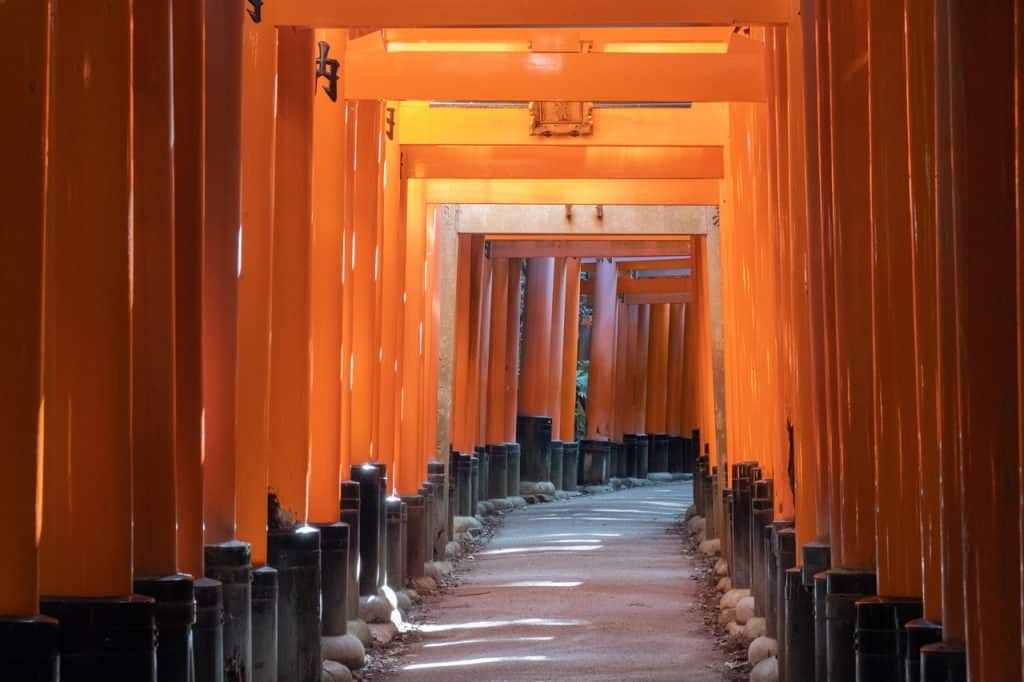
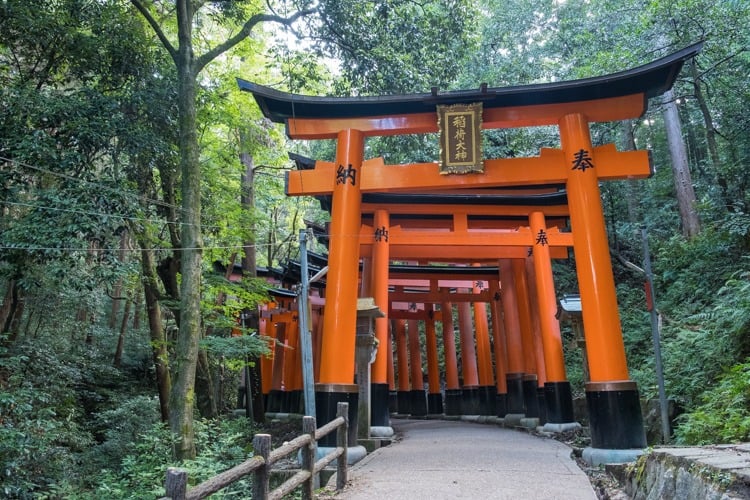
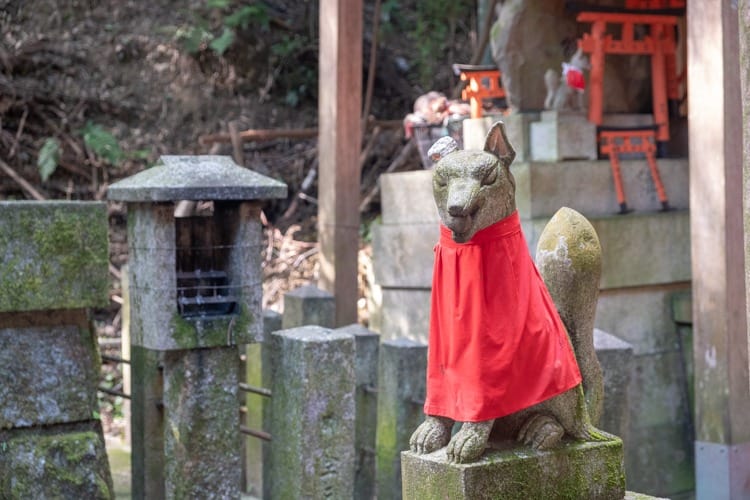
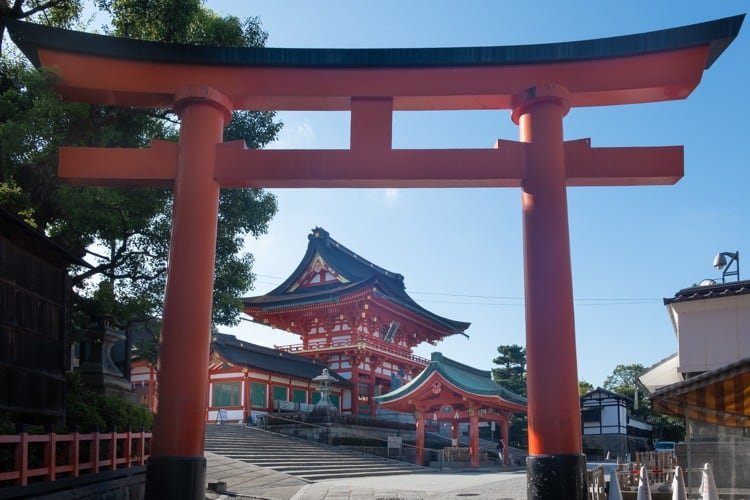
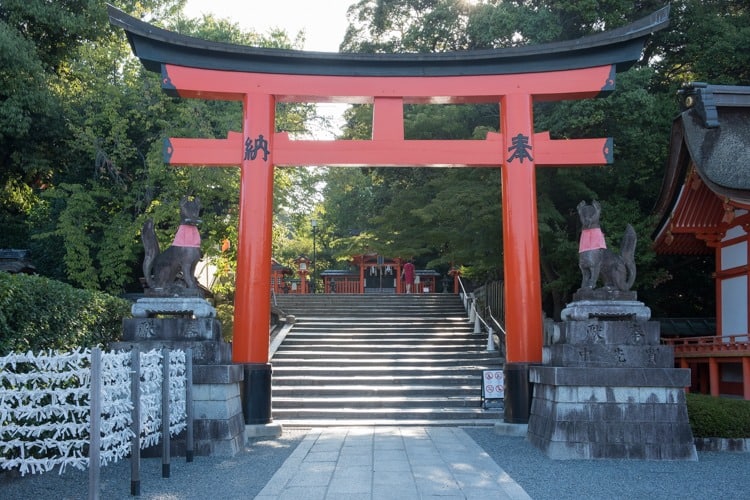
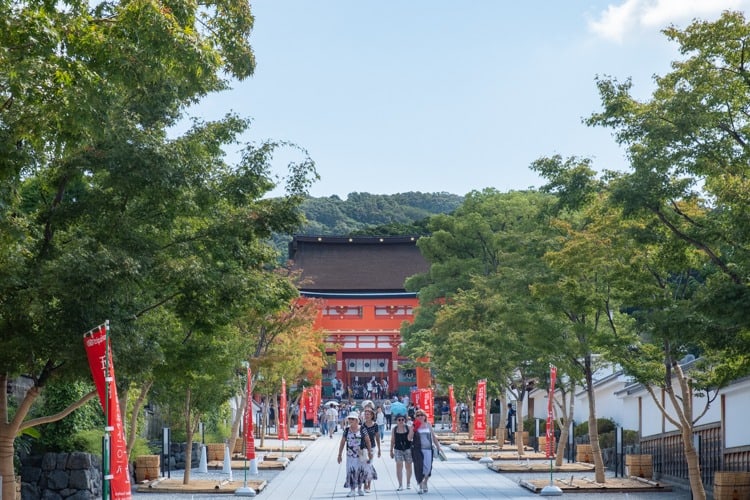
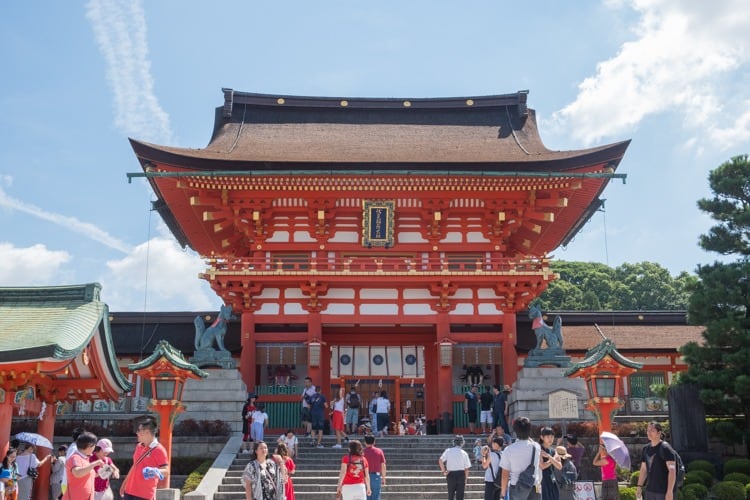
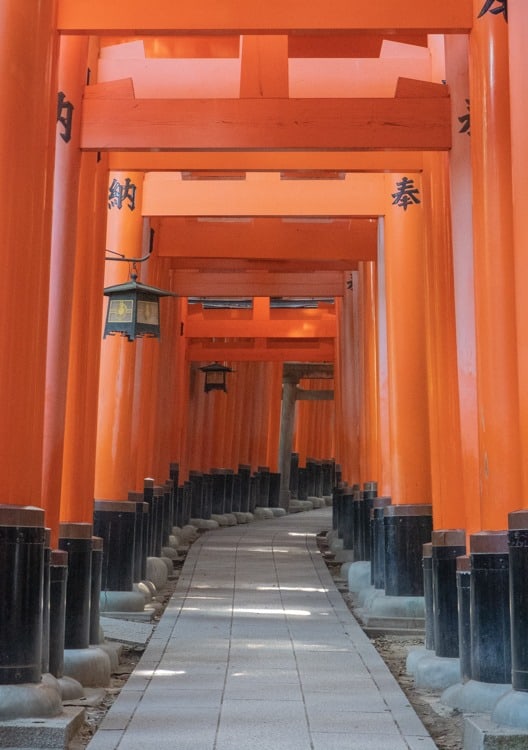
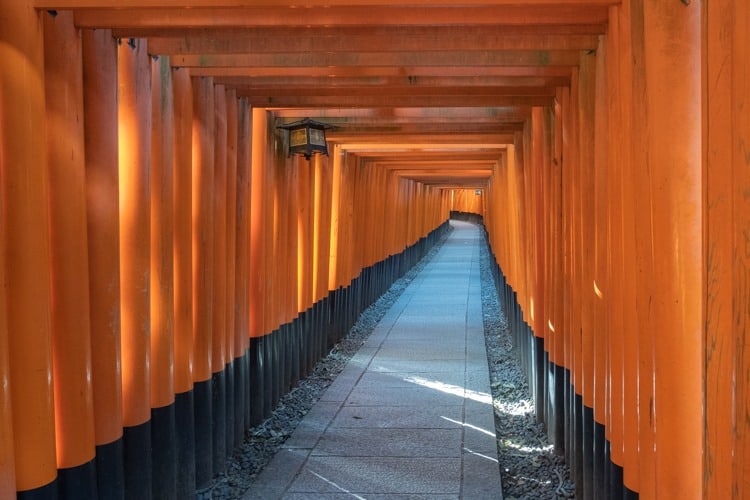

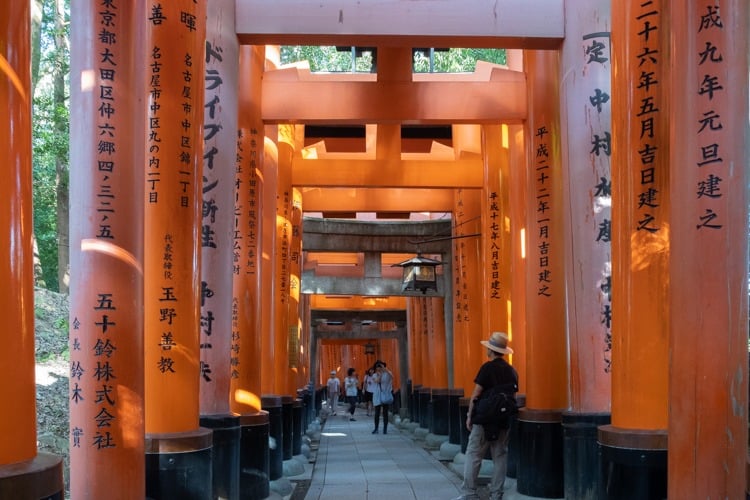
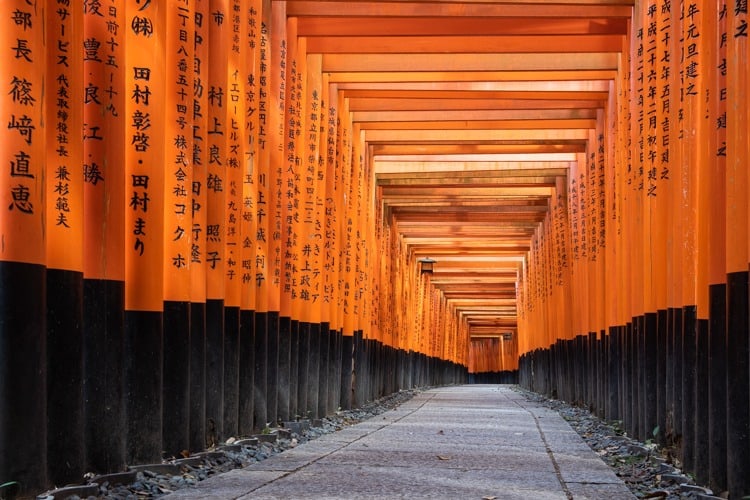

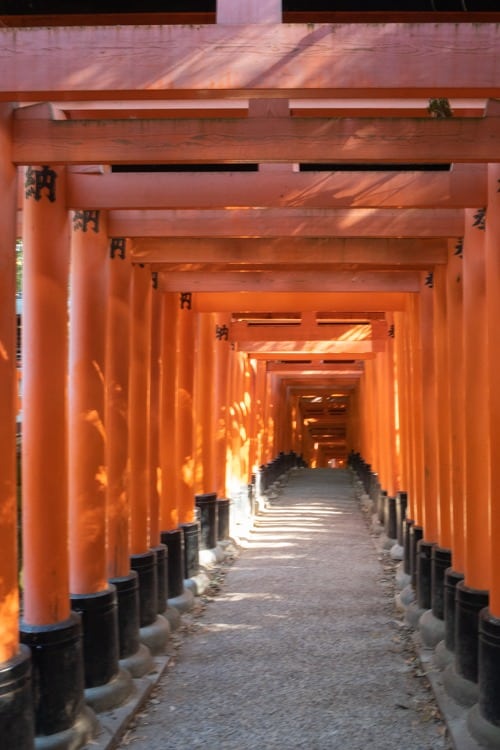
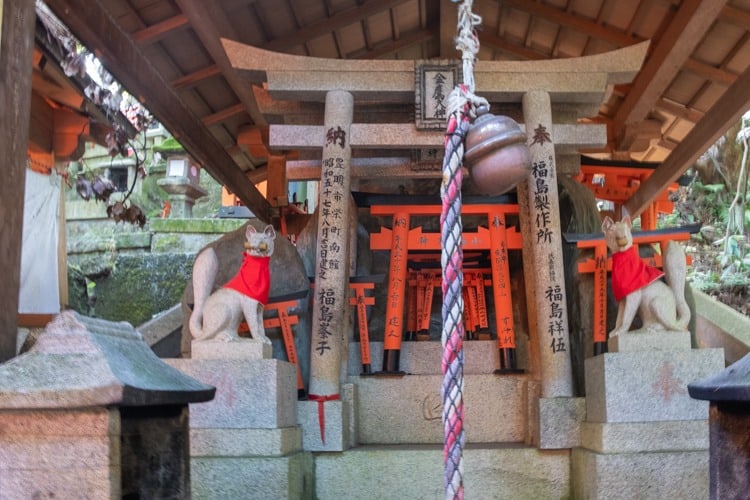
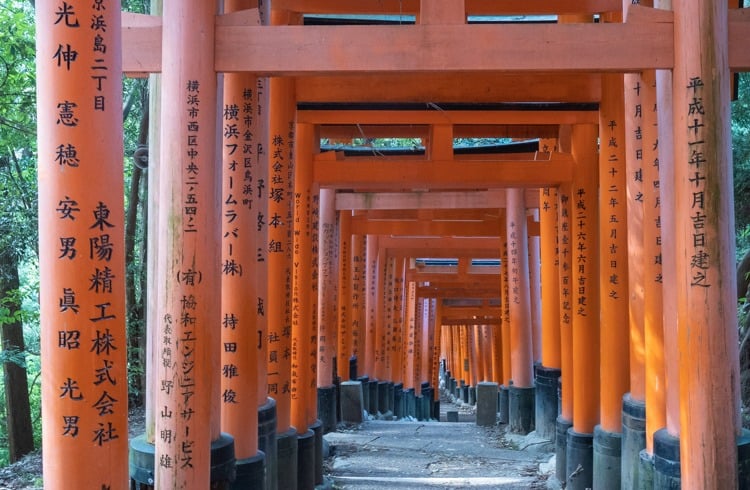
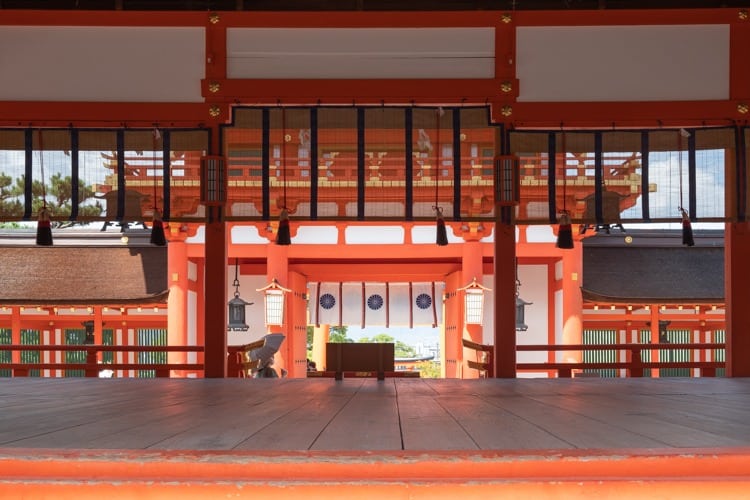
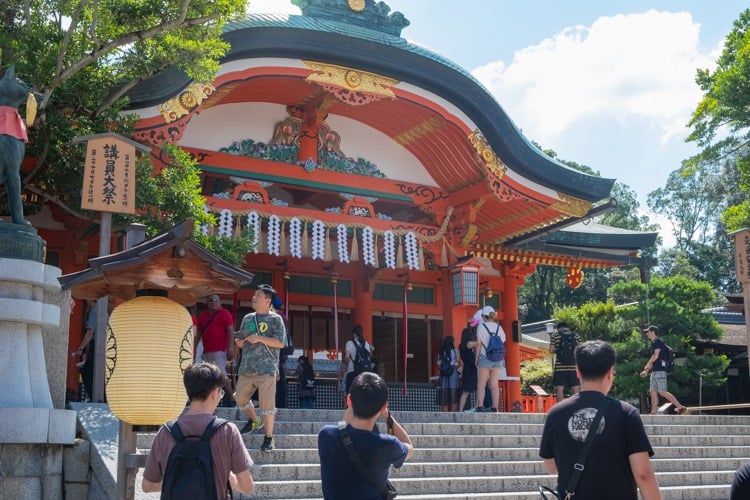
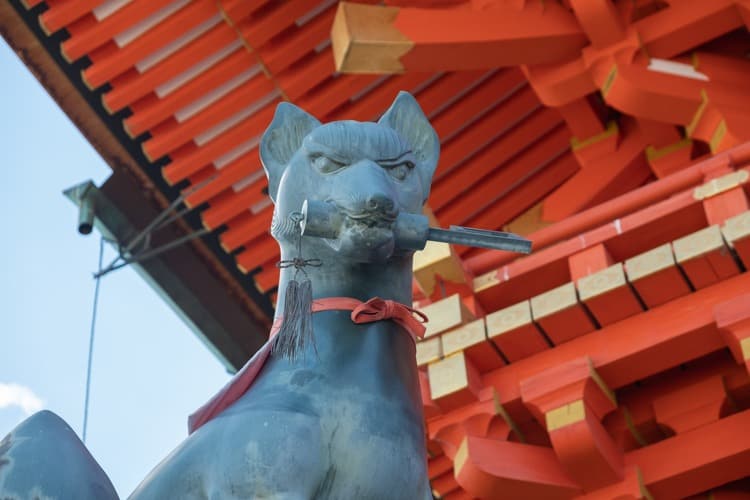

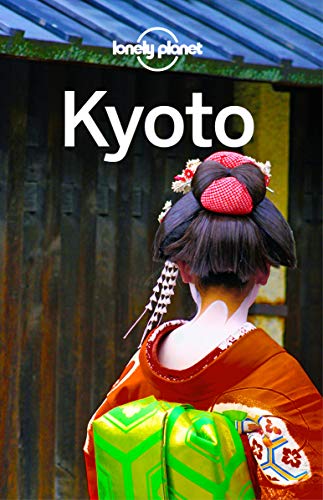


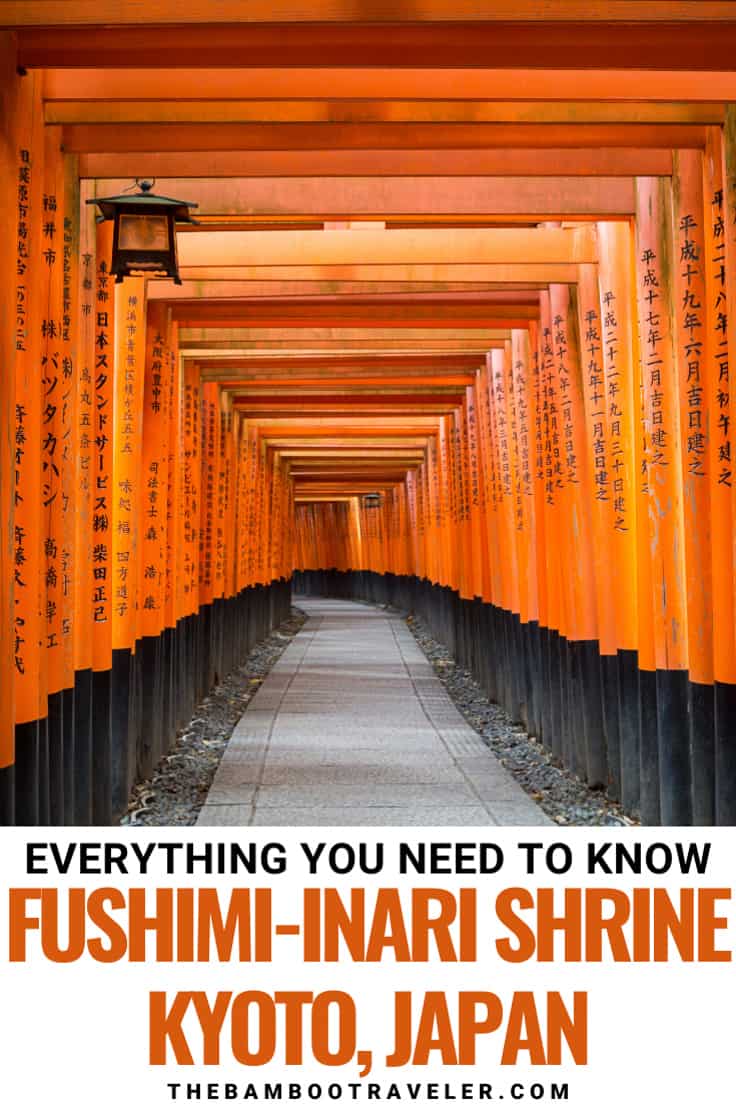





0 Comments